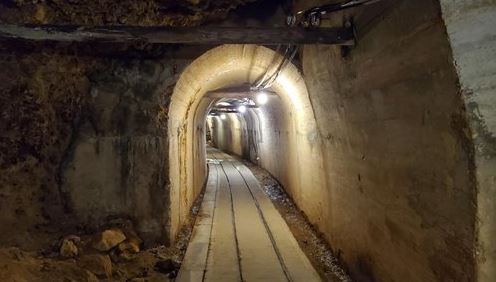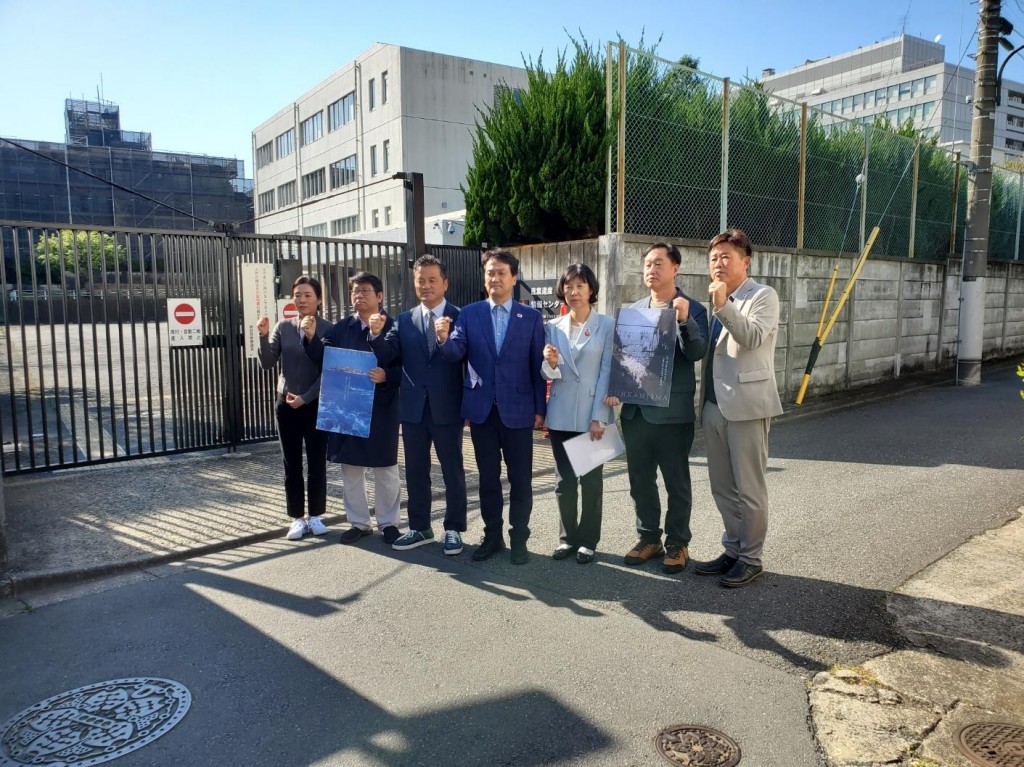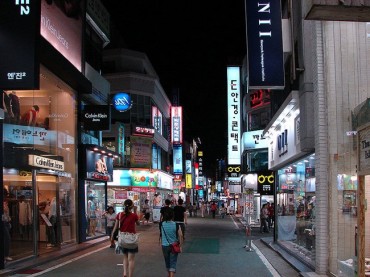
The Aikawa Gold and Silver Mine, one of the representative sites of the Sado Mine, features a tunnel that was constructed during the Meiji era. In contrast to the winding and narrow Edo period tunnels, this tunnel is relatively wide and smooth. Historically, around 2,000 Koreans were compelled to work under brutal conditions in the Sado Mine during the Pacific War. (Image courtesy of Yonhap)
SEOUL, April 9 (Korea Bizwire) — Growing concerns are being raised over the Japanese government’s apparent “regression in historical awareness.” This issue was highlighted once again with the approval of elementary school textbooks that contain deteriorated descriptions of forced labor and Dokdo, which may pose a significant obstacle to future Korea-Japan relations.
Another issue that exposes this retreat in historical awareness is the Japanese government’s push to list the Sado Mine as a UNESCO World Heritage Site. The Sado Mine holds a painful history of forced labor, similar to Gunkanjima, also known as Hashima Island, which was registered as a World Heritage Site in 2015.
However, the Japanese government limited the period of the Sado Mine to the Edo period when it applied for its World Heritage Site listing, which is seen as an attempt to sidestep the history of forced labor since modern times. Additionally, the exhibition of the Industrial Heritage Information Center installed by Japan in Tokyo fails to describe the full history of Gunkanjima, raising concerns that the Sado Mine may follow the same path.
Although the South Korean government has remained passive on this issue, opposition lawmakers have traveled to Japan to hold meetings on Saturday with local civil society organizations and discuss ways to collaborate to resolve this matter.

Lawmakers from South Korea’s Democratic Party, Ahn Min-seok and Lim Jong-sung, along with Yang Jeong-sook from the Independent Party, made a statement during a press conference saying, “The Japanese government’s application for the Sado Mine to be relisted as a UNESCO World Heritage Site goes against the spirit of UNESCO. We will work towards building international solidarity to prevent the distorted history of forced labor at the Sado Mine from being recognized by UNESCO.”
In this photo, opposition lawmakers visiting Japan hold a press conference in front of the Industrial Heritage Information Center in Tokyo on Sunday, vowing to prevent the Sado Mine, a site of forced labor for Koreans, from being listed as a UNESCO World Heritage Site. (Image courtesy of Yonhap)
Lawmakers Ahn Min-seok and Lim Jong-sung of the Democratic Party of Korea, along with independents Yang Jeong-sook and Yoon Mi-hyang, met with civil society organizations in Sado City, Niigata Prefecture, to investigate the facts of forced labor at the Sado Mine and urge Japan to withdraw its application for a UNESCO World Heritage Site listing.
The previous day, four lawmakers, along with Sado City Councilor Mari Arai, visited the Sado Mine site in Sado City, the location of the Korean workers’ dormitory, and the Sado Mine Workers’ Memorial Tower.
Last year in February, the Japanese government filed an application for the registration of Sado Mine as a World Heritage Site, but later submitted a new application in January this year to supplement it due to a lack of documentation.
Critics have accused the Japanese government of deliberately excluding the forced mobilization of Koreans and turning a blind eye to the full history of this legacy by limiting the period of the Sado Mine to the mid-16th and mid-19th centuries.
M. H. Lee (mhlee@koreabizwire.com)






